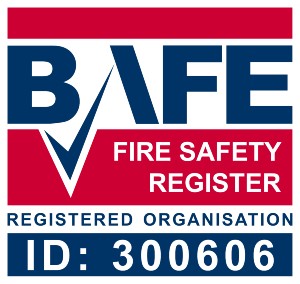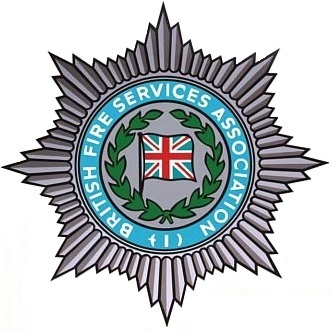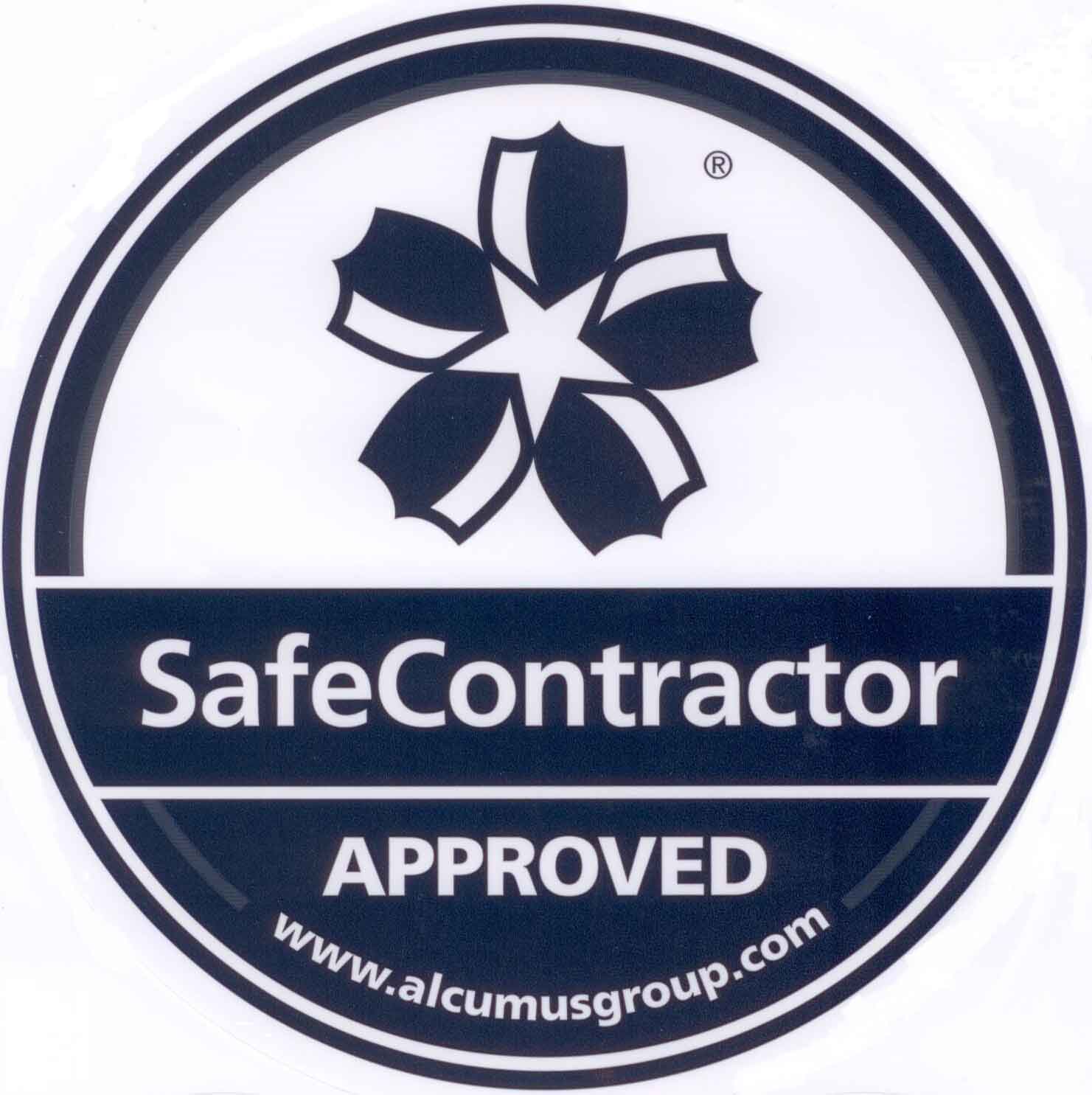The Difference Between a Fire Door and a Normal Door
Fire doors are an absolutely crucial element of any building (excluding domestic premises), providing a safe exit for residents, visitors and staff in the event of an evacuation.
The Fire Safety Order states that ‘all emergency routes and exits must lead as directly as possible to a place of safety’. This article will look into the typical characteristics of a fire door, so you know what to expect from yours or any potential fire door you may purchase.
Here at City Fire, we can take care of all your commercial fire safety needs. Call us on [ld_default] to discuss your needs with our team.
A fire door is described by the Architectural and Specialist Door Manufacturers Association (ASDMA) as:
“A complete installed door assembly comprising doorframe, door leaves, other panels, hardware, seals, and any glazing that when closed is intended to resist the passage of fire and smoke in accordance with specified performance criteria. A fire door = a complete installed assembly”
The onus of ensuring that a working fire door is present in a building is on the ‘responsible person’ – defined by the Fire Safety Order 2005 as ‘the employer, if to any extent the building is under his control (in relation to a workplace)’.
The responsible person has a number of key responsibilities, one of them being to make sure that there are safe routes for people to exit the premises in the event of an emergency. This route should be as short as possible, and as protected from fire as it can be – it should be totally unobstructed and lead to a final exit where safety can be reached.
What to check on your Fire Door
Click on our interactive image below for more details!
-
More
Look for a label or a plug on the top or the side of the fire door.

Why should I check this?
These labels and plugs are given only to certified fire doors. Without it, you cannot be sure if your door really is a fire door.
Close -
More
Check the gaps around the top and sides of the door are always less than 4mm when closed. The gap under the door should not exceed 8mm.

Why should I check this?
Smoke and fire can travel through gaps if they are big enough, which can be fatal for those in your building.
Close -
More
Check the intumescent seals around the door frame are undamaged and intact.
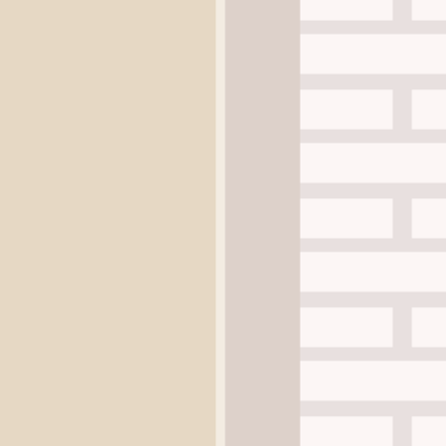
Why should I check this?
These seals are designed to expand if they come into contact with heat, stopping the smoke moving through the cracks. Without this feature, smoke may pass through the fire door.
Close -
More
Check that all door hinges are firmly fixed in place, and there are no missing or broken screws.
Why should I check this?
It is vital that the door opens and closes as it should in the event of a fire, and hinges are a crucial part of the opening and closing mechanism.
Close -
More
Check that the door fits well onto the latch, without any sticking or excess friction on the door frame.
Why should I check this?
Any gaps in the fire door render is totally useless. The door must be able to close completely shut, otherwise fire and smoke could get through the gaps.
Close
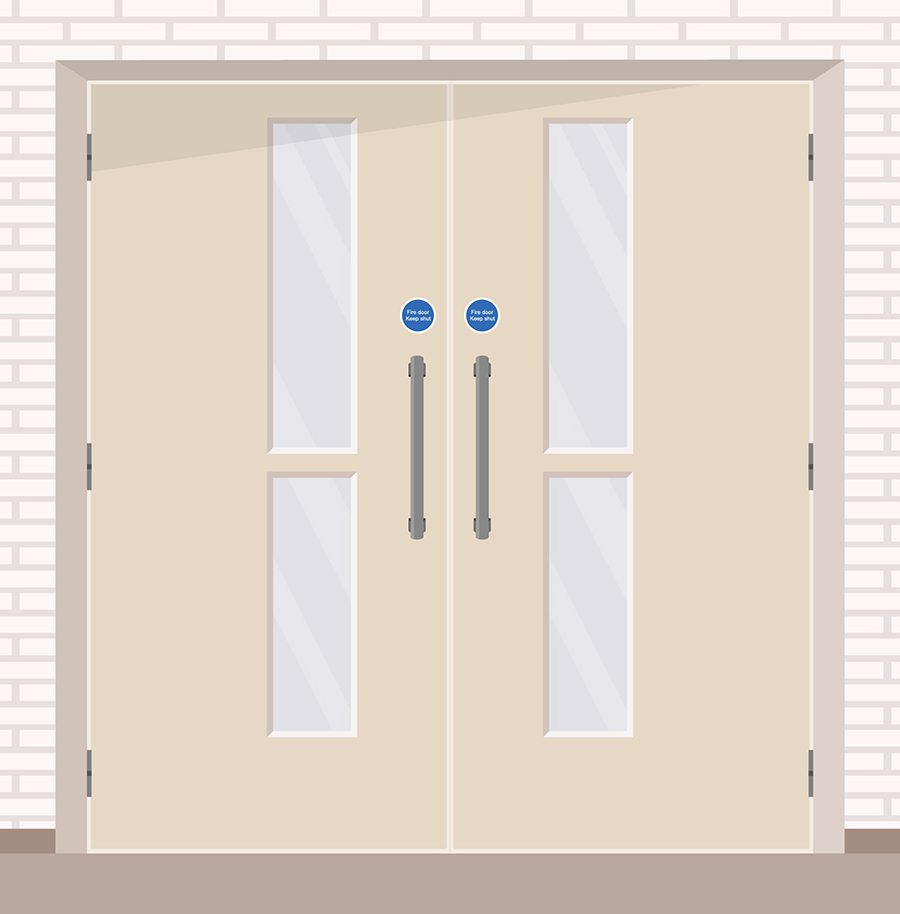
Fire-resistance rating
Fire doors are given a fire-resistance rating, and are usually made of a combination of glass, gypsum, steel, timber and aluminium. They are designed to be kept closed, and any gaps between the wall and the door must be filled with a fire resistant sealant.
Some fire doors have windows in them, which can be made from wire mesh glass, liquid sodium silicate, ceramic glass or borosilicate glass. Wired glass is usually fire-resistant, and liquid sodium silicate is primarily used to insulate heat.
The experts at City Fire totally understand the importance of having a safe, robust fire exit that allows you and those in your building to exit the premises quickly and safely should an emergency situation arise.
Our fully trained, fully qualified teams can install an array of fire doors in any property, offering superb service from advising you on the right door for you to the installation of the door itself. For more information, get in touch with us today.
Fire Doors & Exits




